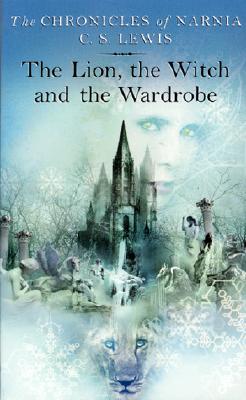The third secret was written down by Sister Lucia in Tuy, Spain, on January 2, 1944. It was placed in a sealed envelope and was taken to the Vatican. Although several Popes read the secret, it was not publicly revealed until 2000 by Pope John Paul II.
The book's format is that of an interview of Cardinal Tarcisio Bertone, secretary of the Congregation for the Doctrine of the Faith by Giuseppe de Carli. In the book they explore various aspects of the Fatima visions, the ongoing "visions" at Medjugorje, Sister Lucia who was a Carmelite nun and also Pope John Paul II's relationship with Fatima. The timeline of the third secret is explored as well as it's contents and the possibility of it relating to other events either those already past or those possibly in the future.
Although not an "exciting" read, it is interesting for those who have an interest in Fatima, Sister Lucia and Pope John Paul II. Cardinal Bertone refuses to be drawn into certain discussions but provides some wonderful insights into other areas of theology and faith.
For example he states, in a conversation about faith:
You've put your finger on the central point, which is faith. Faith has to do with the most radical question of all: "What is man that thou art mindful of him?" (Ps 8:5). Believers are obliged to wrestle with this issue, because part of faith is the attempt to answer the question about the ultimate meaning of things. Through faith, man discovers his infinite value as a person. God wishes to enter into communion with man. At the same time, God reveals to man the supernatural end for which he, man, was created: union with God. Saint Ignatius of Antioch says: "I hear in me a living water that murmurs 'Come to the Father"."
Book Details:
The Last Secret of Fatima. My Conversations with Sister Lucia.
by Cardinal Tarcisio Bertone with Giuseppe De Carli.
Doubleday: New York
2008












